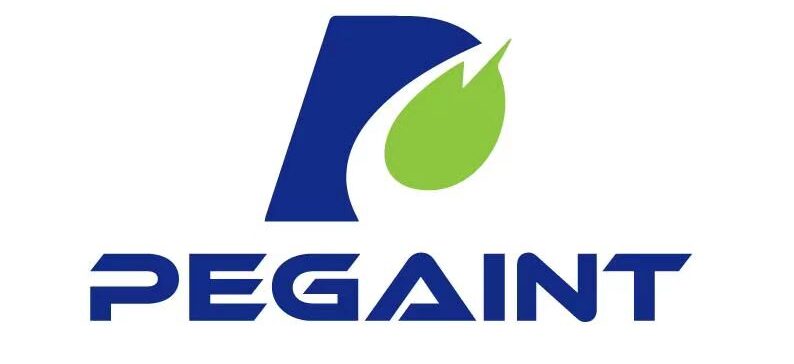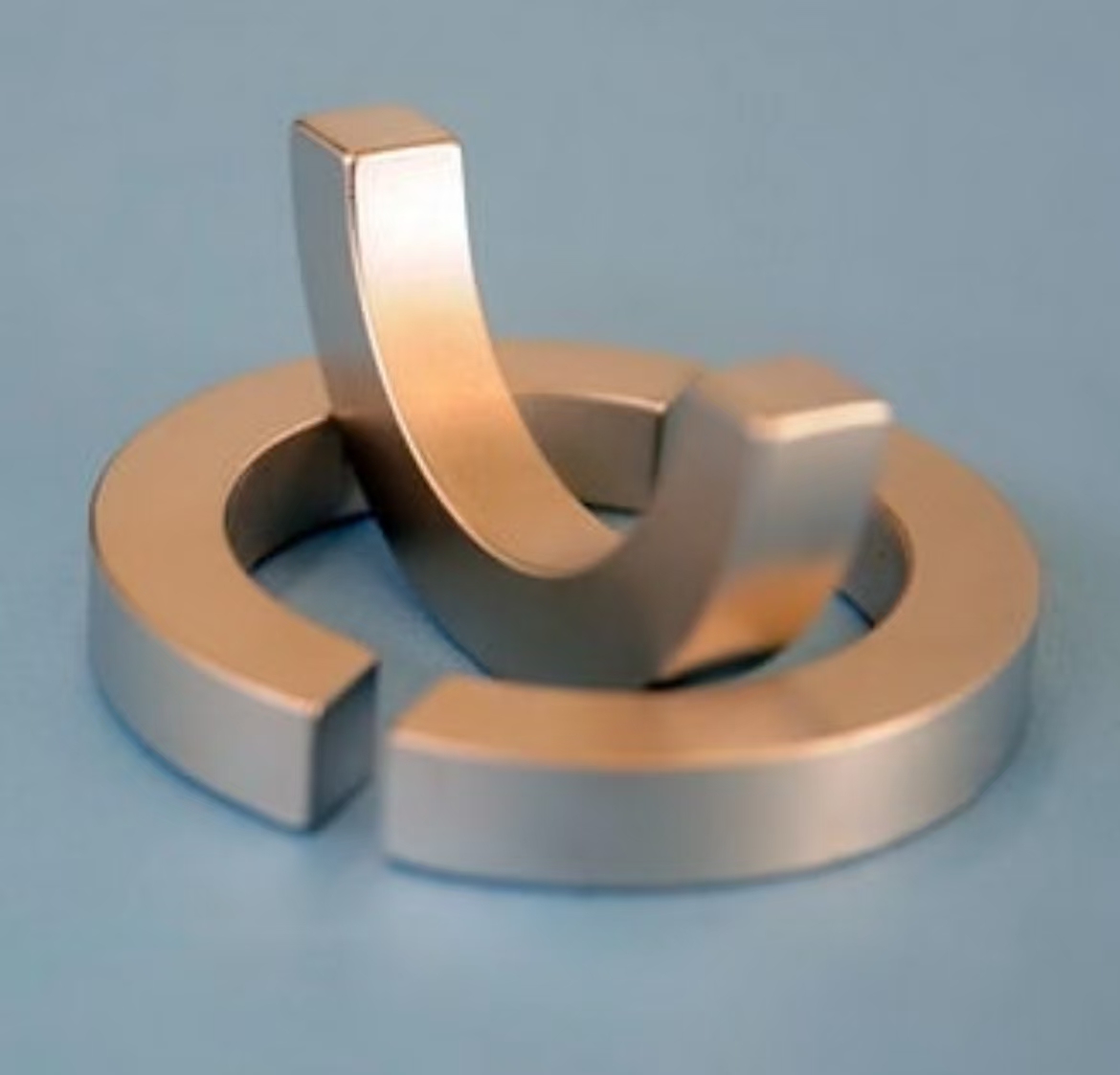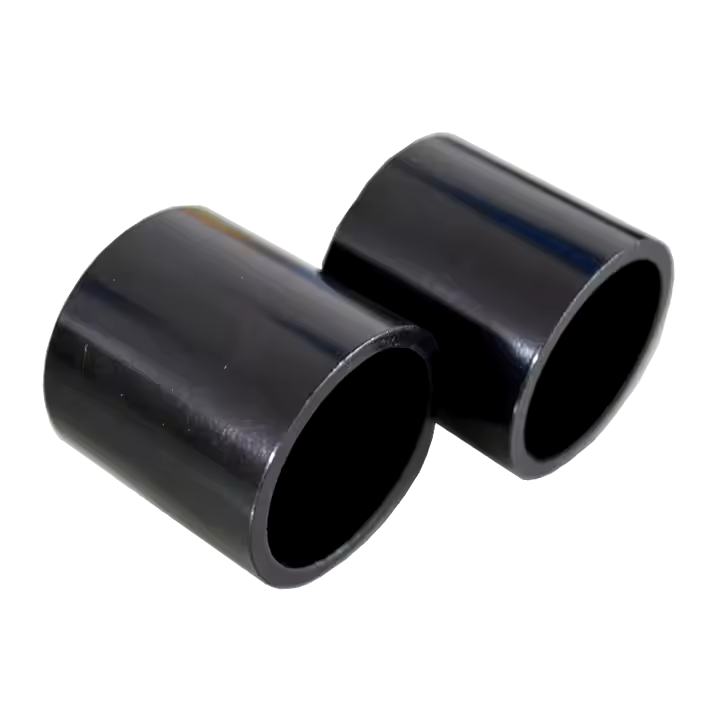Neodymium Magnet Importers and Buying Leads
Aimants en néodyme are in high demand across various industries due to their exceptional strength and versatility. If you’re looking to connect with importers and buyers of neodymium magnets, several platforms provide up-to-date leads and contact information.
1:TradeWheel offers a comprehensive directory of global buyers seeking neodymium magnets. As of December 2024, there are 200 international importers listed, including recent inquiries from countries like Myanmar, Turkey, Argentina, and Norway. These buyers have specified requirements ranging from industrial N42 ring magnets to customized shapes and sizes.
2:Go4WorldBusiness is another platform featuring active buying leads for neodymium magnets. Recent entries include buyers from Italy seeking round disc magnets with adhesive, and from Greece looking for specific dimensions of neodymium magnets. The platform provides detailed requests, including quantities and shipping terms, facilitating direct communication with potential buyers.
3:Volza offers a directory of aimant néodyme importers in the United States. As of August 2023, there are 117 active importers, with companies like Hitachi Metals America Ltd and CMS Magnetics leading in import volumes. This resource provides insights into major players in the U.S. market, which can be valuable for suppliers aiming to enter or expand in this region.
4:eWorldTrade connects suppliers with buyers worldwide. Their platform lists importers from various countries, including Australia, China, France, and Germany, seeking neodymium magnets. This global reach allows suppliers to tap into diverse markets and meet the specific needs of international buyers.
5:GlobalTradePlaza focuses on buyers interested in neodymium magnet NdFeB scrap. This niche market is essential for recycling and materials recovery industries. Suppliers dealing in scrap materials can find potential buyers and establish business relationships through this platform.
These platforms serve as valuable resources for suppliers and manufacturers of aimants en néodyme, providing access to a wide range of buyers and importers globally. By exploring these leads, businesses can expand their market reach and connect with partners that match their product offerings.
We’ll give a brief introduction to Neodymium Magnet (NdFeB). The NdFeB magnet is the strongest permanent magnet in the world. It is a tetragonal crystal formed of neodymium, iron, and boron. This kind of magnet is the most commonly used rare earth magnet nowadays and is widely used in electronic products, such as hard drives, mobile phones, earphones, and battery-powered tools.
- What is Sintered NdFeB Magnet?
Sintered NdFeB magnet is the product with the largest output and the most widely used in the NdFeB family. It is produced by the powder metallurgy method and can be divided into 7 series of N, M, H, SH, UH, EH and TH according to the different coercivity of the product. The sintered NdFeB magnet that has been commercially produced has a remanence of up to 1.45T and an intrinsic coercive force of up to 2786kA/m. The operating temperature is between 80° and 200° depending on the coercivity. The Sintered NdFeB magnet is easily oxidized and corroded, so surface treatment is required. According to the different requirements of the use environment, phosphating, electroplating, electroless plating, electrophoresis, vapor deposition, and other surface treatment methods can be used. Common coatings are zinc, nickel, nickel-copper-nickel, epoxy resin, etc.
2.What is Bonded NdFeB Magnet?
Sintered NdFeB magnets are difficult to process into special shapes, and they are easy to crack, break, and difficult to assemble during the process. In order to solve these problems, people tried to crush the permanent magnets and mix them with adhesives, and then press them into a shape in a magnetic field. Thus, the bonded NdFeB magnet was developed. It has the advantages of low cost, high dimensional accuracy, a large degree of freedom of shape, good mechanical strength, light specific gravity, etc., and has been widely used in the market. There are currently 4 processes for forming bonded neodymium magnets: calendering, injection molding, extrusion, and compression molding, of which calendering and injection are more mainstream. Bonded NdFeB magnets are generally only 80% of theoretical density due to the addition of a large amount of adhesive, so they are weaker than sintered NdFeB magnets in terms of magnetic properties. Bonded NdFeB magnets are isotropic magnets, with the same magnetism in all directions, so they are convenient to manufacture multi-pole monolithic magnets. (Bonded NdFeB magnets can also be made into anisotropic magnets)
3.What is Hot-Pressed NdFeB Magnet?
Hot-pressed NdFeB magnets can achieve magnetic properties similar to sintered NdFeB without adding heavy rare earth elements. They have the advantages of high density, high orientation, good corrosion resistance, and high coercivity, but the mechanical properties are not good. And due to patent monopoly and high processing costs, only a few companies on the market have achieved mass production of hot-pressed NdFeB magnets. Due to the limitation of the molding technology, the current hot-pressed NdFeB can only be made into a ring shape, and the application range is limited to a certain extent. It is currently mainly used in the field of automobile EPS motors. The hot-pressed NdFeB magnets have high magnetic performance, and the maximum radial magnetic energy product of the magnetic ring can reach 240~360kJ/m3. The magnetic ring is oriented in the radial direction, and the radial magnetic performance is uniform, which can make the motor run quietly and the torque output is smooth. At the same time, it also has high heat resistance, and the working temperature can reach 180℃-200℃.
Conclusion
The three types of neodymium magnets have their advantages. Due to the huge difference in magnetic properties and molding, the intersection between bonded NdFeB magnets and sintered NdFeB magnets is not large. Bonded NdFeB magnets are mainly used in fields such as hard disk drive spindle motors and low-power micro-special motors, while sintered NdFeB magnets are more used in fields such as high-power drive motors. The hot-pressed NdFeB magnets are only used in automobile EPS due to the limitation of shape. Thank you for reading our article and we hope this brief introduction to Neodymium Magnets can help you know the Aimants NdFeB better. If you want to know more about magnets, we would like to advise you to visit Pegaint Magnets for more information. As a leading magnet supplier across the world, we have been involved in R&D, manufacturing, and sales of various types of magnets since the 1990s and can provide our customers with high-quality permanent magnets like aimants en néodyme, SmCo magnets, AlNiCo magnets, and ferrite magnets at a very competitive price.





